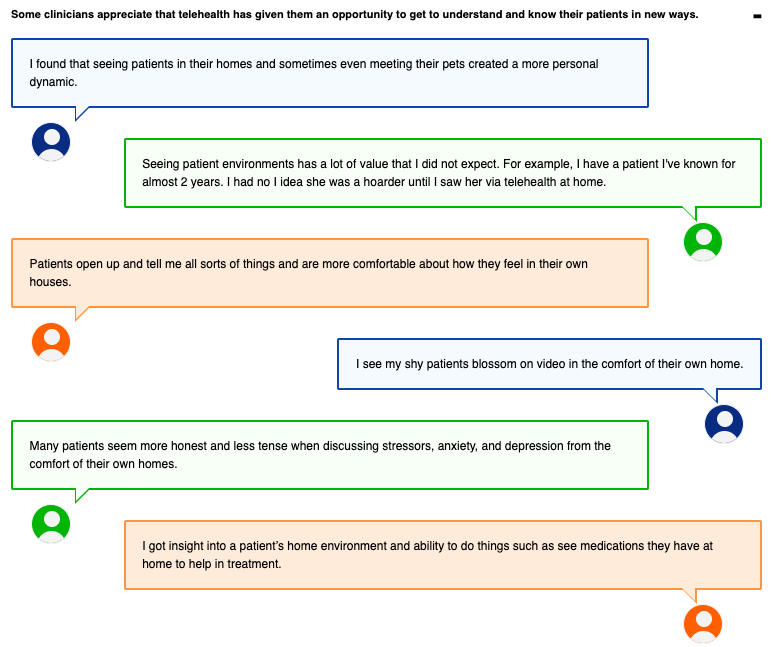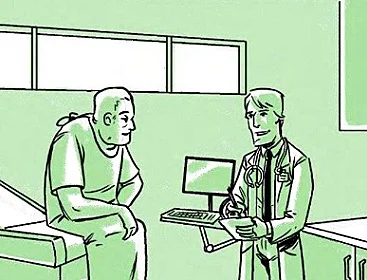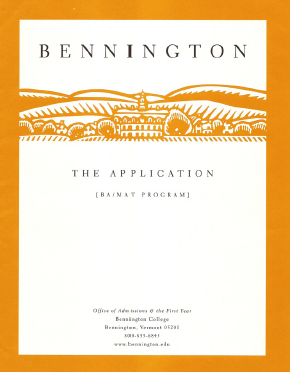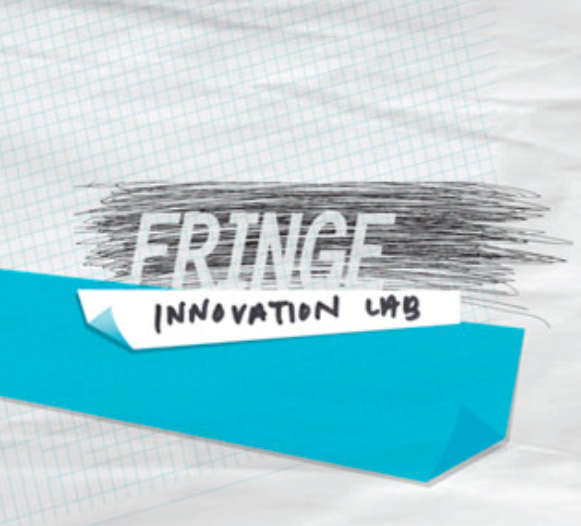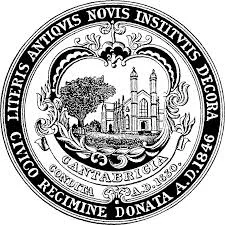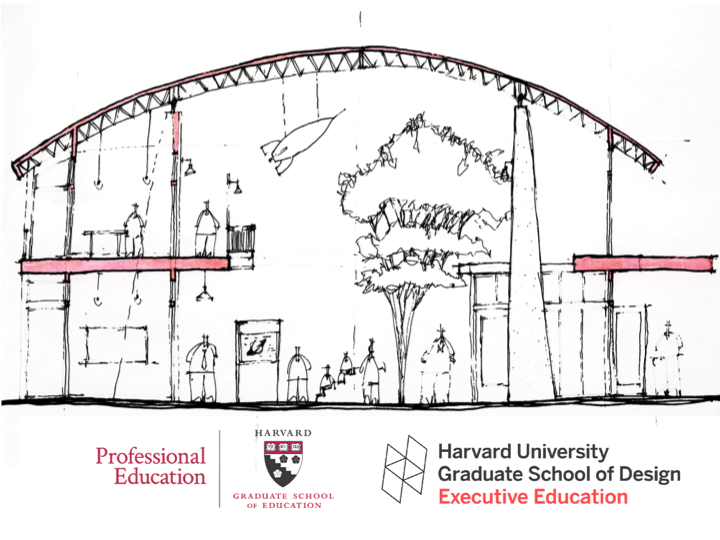Clarifying strategic vision—and building capacity to make it real
Over the past 10 years, Oxeon Partners has built some of the most successful healthcare companies in the country through recruitment, investment, and ventures. As the organization approached its anniversary, Oxeon seized the opportunity to explore the kind of organization it wants to be next—and dig into the deep work of figuring out how to become it.
3 Phenotypes: The Astronomer, the Engineer & the Octopus
Led by Big Sky Blue, a core team of Oxeonians interviewed stakeholders across the company, from senior leaders to summer interns to external partners—and conducted a series of low-stakes learning experiments to try different ways to surface and spread the skills and expertise that had been concentrated in separate divisions. This deep investigation led the team to sharp insights about what counts as “great work” at Oxeon, which strengths its people use when they’re getting that work done, and how different elements of its culture support this work or get in its way. To capture and communicate their findings, the team developed a set of “phenotypes” that would make easy, intuitive sense to people across the organization—and sketched out a learning system that would develop these key skills across the organization.
Because Oxeon’s core team had been so deeply involved in discovering and making sense of the project’s insights, they ended up owning them in a way that clients rarely do. These weren’t recommendations they’d received from an outside consultant—but ideas the team had built, come to believe in, and developed the power to implement.
In the year since, Oxeon has overhauled its approach to L & D: focusing on peer learning and deliberate coaching, making the Phenotypes a key metric within the firm’s performance evaluation system, and shifting to a portfolio-based approach to professional development that reinforces the firm’s commitment to a growth mindset.
Impacts include a 5% increase in employee engagement, with 81% of employees agreeing strongly that "Oxeon is a great company for me to make a contribution to my development.” In 2023, Oxeon was recognized as a “Great Place to Work,” with 95% of its employees describing it as such—compared to the national average of 57% for U.S.-based companies.
Using Behavioral Science to Build Online Community
TeachersConnect is an online community that aims to end the isolation so many teachers feel—whether they’re first-timers suddenly running a classroom of their own, or veterans seeking like-minded colleagues. Looking to increase traction with new users, TC partnered with Big Sky Blue to up the number of visitors returning to the platform for a second visit. Through a comprehensive behavioral diagnosis of the user experience, we located several moments of high cognitive overload in the sign-up process: opportunities to reduce friction, amplify benefits—and ensure new users feel the special value of the TC community from their first encounter with it.
Engineering behavior change into the sign-up process
To test out different ways to help teachers “find their pack,” we built a range of exploratory prototypes: a poll that compares their experience to teachers like them, crowd-sourced problems of practice that offer a glimpse of their peers’ solutions, and an easy-to-browse library of trending topics.
As we launch these probes (along with a control condition) over the next several months, we’ll be watching to see which interventions gain the most traction, and conduct follow-up interviews to better understand why.
Note: This work builds on the design principles articulated during our earlier work with the TC team: a discovery process that grounded the early development of their online platform in a deep, nuanced feel for how and why teachers give and get help, in-person and online. Through interviews, observations and testing with dozens of teachers across the country, we isolated the practical needs and emotional values that drive teachers’ behavior, then distilled this understanding into a crisp set of principles.
Innovation: A Rough Guide
Continuum, like the other top players in the innovation space, has its own version of the design process: an intricate, impressive model of how it creates transformative products and services by discovering people’s unmet needs, desires, and aspirations.
But under that neat-looking process is what innovating really feels like for clients. And it was that messy, on-the-ground experience that we captured in A Rough Guide: a glimpse, for prospective clients, of life inside a design strategy project.
Set up a complimentary consultation.
Helping Doctors Solve Telehealth Together
Doctors, like the rest of us, have seen their work transformed by the pandemic. Physicians who’ve spent their careers learning how to take care of patients in-person needed to figure out, in real time, how to do their work at a distance.
Responding to this urgent need, Massachusetts Health Quality Partners (MHQP) stepped in to help providers across the state learn from each other how to make telehealth work. In the process, the organization began to rethink the ways it delivers on its mission.
For almost 25 years, MHQP has researched patient experience by mailing out paper surveys, once a year, to every household in the state. Rigorous and precise, their data have shaped the steady improvement of patient care—but in this crisis moment, MHQP’s stakeholders needed something very different—and MHQP needed a new set of internal capacities.
Working closely with Big Sky Blue, the team at MHQP brought physicians across the state into an improvement network: doctors who shared the problems they were encountering, the solutions they were beginning to develop, and their personal experiences of living through this profound change.
The first question we asked was What have you lost?— because we knew that the change required by telehealth was as much a human as a professional one. Confronting this moment of real need, what doctors wanted to get from each other were not just solutions to the technical problems posed by telehealth, but an understanding of what it was like for other people like them to live through this enormously difficult experience. And we knew that physicians would only answer honestly if they felt that the person asking the question truly cared about what they’d say back.
Getting physicians to learn from one another was a big part of the challenge. In tackling it, MHQP needed to change, too. Instead of the rigorous, statistically-valid terminology that filled its surveys, the organization needed to learn a more informal, more “human” language—to speak in a way that would get busy doctors sharing honestly with peers the problems they were still in the middle of figuring out.
Building Boston’s Vision for College, Career & Life Readiness
In partnership with the Boston Opportunity Agenda, my team led a coalition of stakeholders from across the City to create a shared definition of college, career, and life readiness that has been adopted system-wide. Working with leaders from Boston’s district, charter, and Catholic schools—as well as higher education, school-to-work, the philanthropic community and the Mayor’s office—we spent nine months developing deep consensus around a single, shared goal for the City’s high school graduates.
In order to ensure this definition could change what actually happens for the City’s young people, we chose not to create a laundry list of discrete competencies and skills like those used by many other cities and states. Instead, we distilled the group’s vision into a unified, flexible metaphor that could give to stakeholders across the system a tool they could use—and a target toward which they could aim. We also helped ensure the development of a set of indicators, validated and benchmarked within the Boston ecosystem, that could focus the follow-up work. Routine reporting against these indicators began in 2018.
Here’s a PDF which explains the definition, how it was developed, who participated in the process, and the indicators that Boston’s education system will use to track student progress towards college, career, and life readiness.
Understanding our Experience of Pain: The Opioid Crisis
In collaboration with Massachusetts Health Quality Partners and Mad-Pow’s Health Experience Design team, Big Sky Blue used human-centered design to tackle the opioid crisis, aiming to improve the ways that clinicians and their patients assess, discuss and understand pain.
Our initial hypothesis—that patients face a communication problem that could be significantly reduced by improving the pain scale (“please rate your pain on a scale of 1-10”)—shifted as we interviewed a range of stakeholders (patients and their families; physicians and nurses; pharmacists and physical therapists; insurers and system administrators). As we learned more about the human dynamics surrounding our experience of pain, we discovered that the real problem has much more to do with the challenges involved in building trust between pain sufferers and the people who care for them.
Phase One of the project wrapped up with a multi-stakeholder co-design workshop, as well as a panel talk at the Health Experience Design conference: take a look and let us know what you think.
Redesigning Recruitment at Bennington College
Using a human-centered design process, our team explored what it’s really like to be a high school student moving through the process of choosing a college. Along the way we uncovered a series of powerful insights that led us to overhaul Bennington's admissions strategy—and turn its application from a selection mechanism into a recruitment tool. The result: a 40% rise in applications, a 50% rise in yield, and a dramatic increase in the academic quality (as measured by SAT scores and GPA) of incoming students.
Here’s the story.
Building a Culture of Innovation at PepsiCo
“We’re really a distribution company,” one senior leader explained in our early interviews. “We can get a cold drink anywhere in the world in 12 minutes.” So when former CEO Indra Nooyi decided to steer the company to an emphasis on healthy foods and beverages, she recognized how important it would be to develop new capacities for innovation within a company that was already incredibly strong in operations and marketing. Nooyi decided to focus her culture-building efforts on those high-performing young leaders across the organization who could serve as change catalysts. That’s where we came in.
Strategic Planning for the City of Cambridge
The City of Cambridge operates through a delicate collaboration between a professional administrative staff and a Council whose members are elected every two years (in a process that pits each member against all the others). After a number of years without a clear set of goals to drive decision-making, this group turned to Big Sky Blue to lead its diverse set of stakeholders through the work of coming to consensus around an overarching vision, a set of granular strategic goals, and the metrics that would hold all parties accountable to them.
Here are the high-level Guiding Principles and Strategic Goals that emerged.
Teaching a Designer’s Mindset at Harvard
Each year, Harvard’s Graduate School of Education draws together leading architects and educators from across the country and around the world to explore where the future of physical space might meet the future of learning—and to develop blueprint-thinking for schools and school systems building the learning environments of tomorrow.
What if you could use this moment to teach people how to design the physical space of schools—in a way that teaches them how to bring a designer's mind to each and every aspect of the learning experience? How might choosing where the walls should go help us practice reinventing the way we use time, or curriculum, or all the other parts that school is made of?
For the past several years, I’ve partnered with Danish Kurani—whose work includes projects for Khan Academy, Google, and Denver’s Public Schools—to teach design thinking through practice in design doing. Over the course of an intense three-day immersion, participants in our studio cycle through the design process, exploring their own beliefs about how young people learn, hammering out an articulation of what they really mean by “student-centered learning,” getting clear on what they really want from a “maker space”—and defining sharp-edged learning principles that can shape every choice they make as learning architects.




